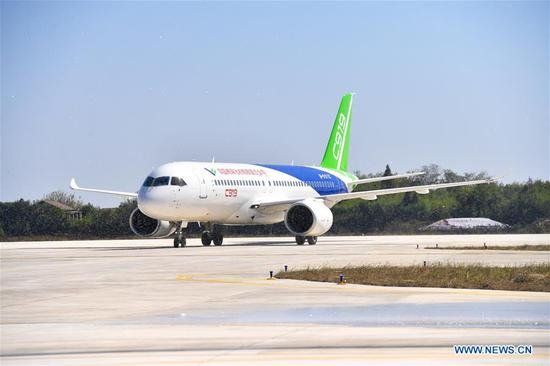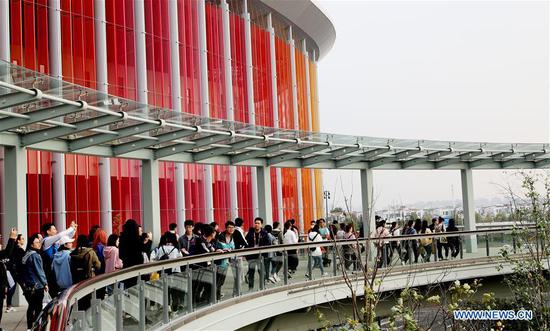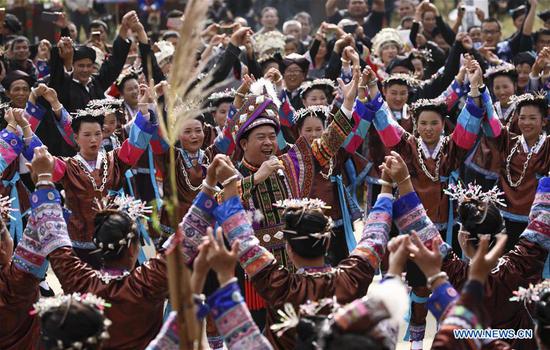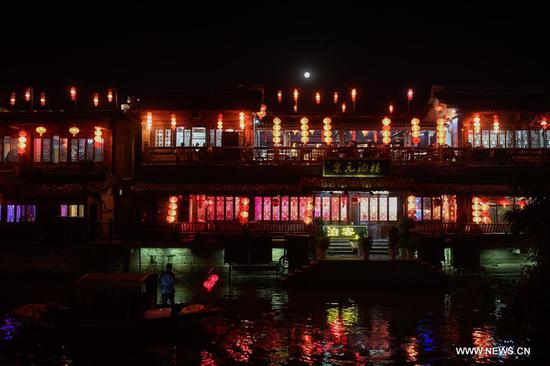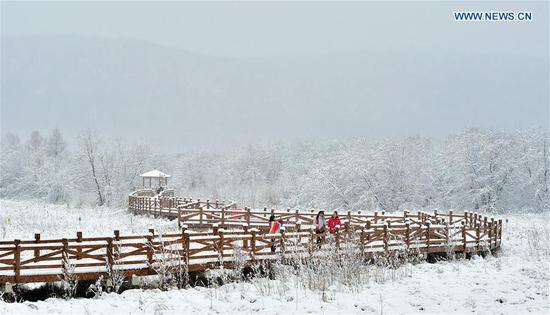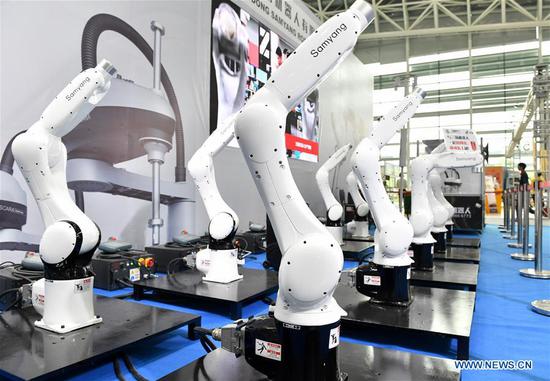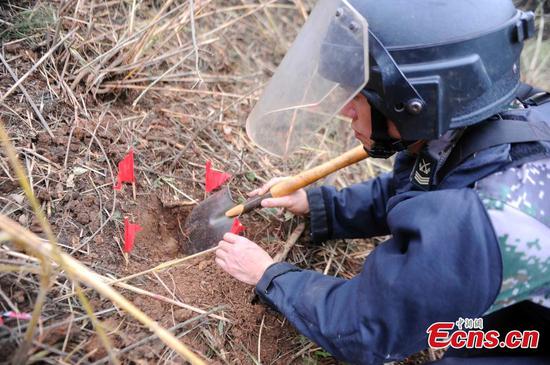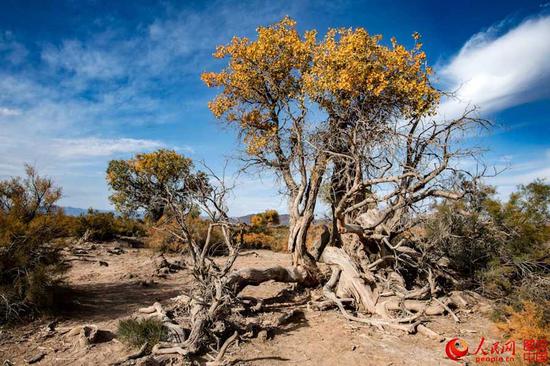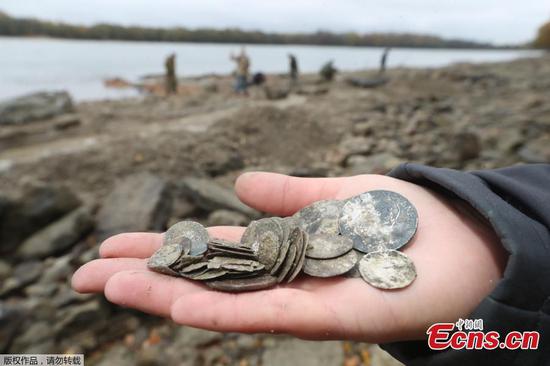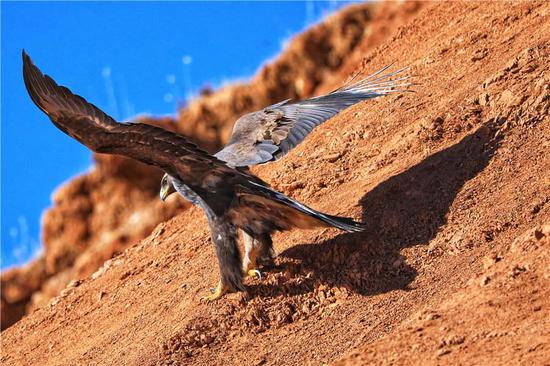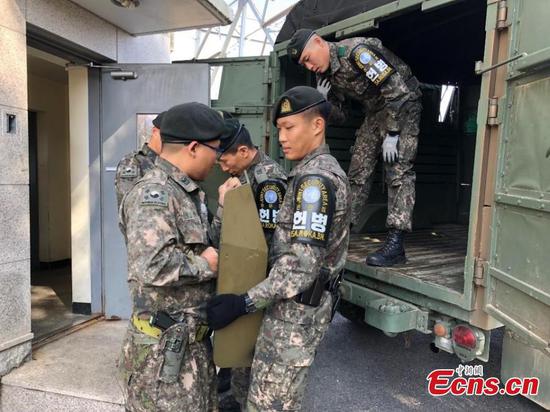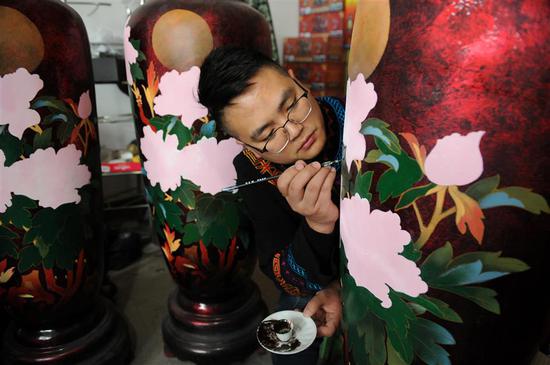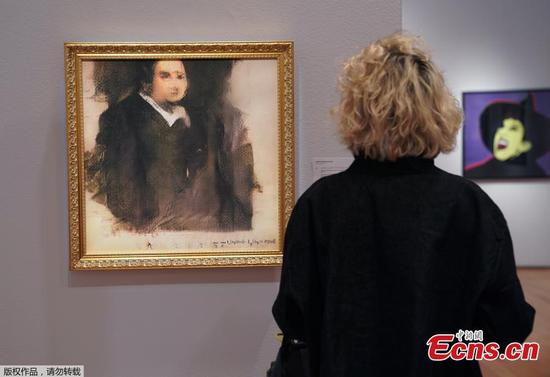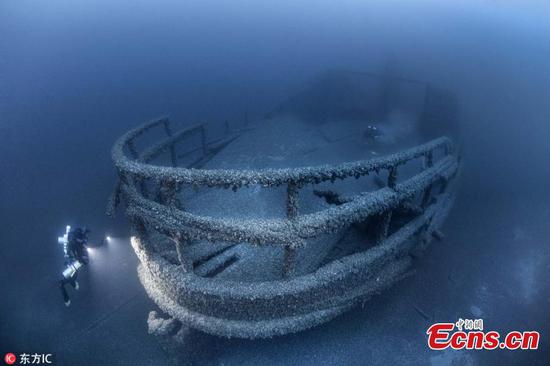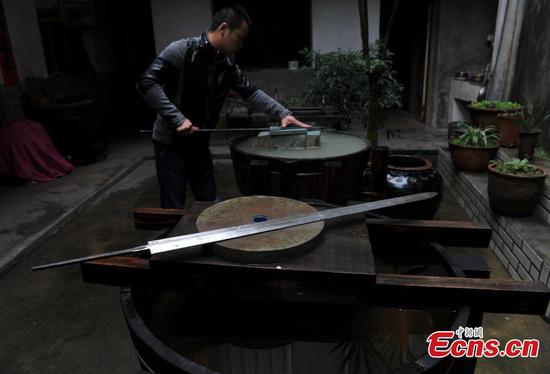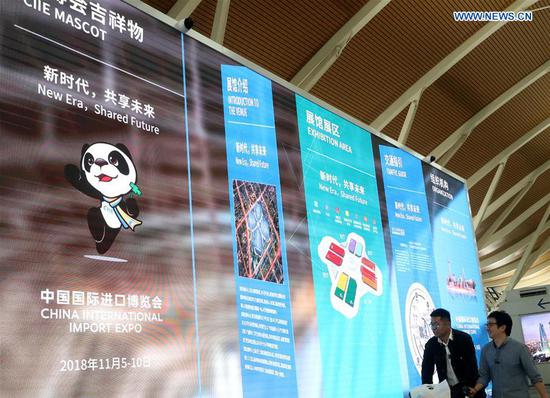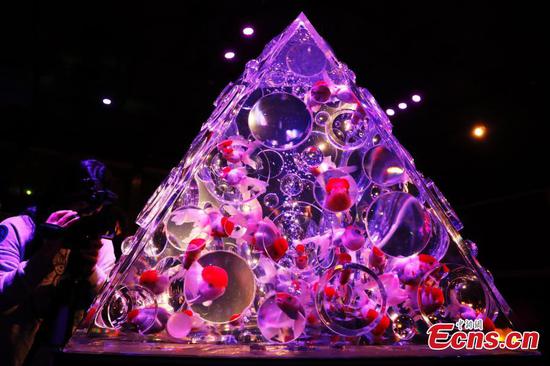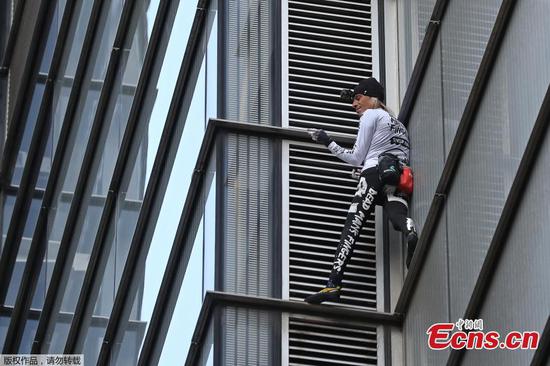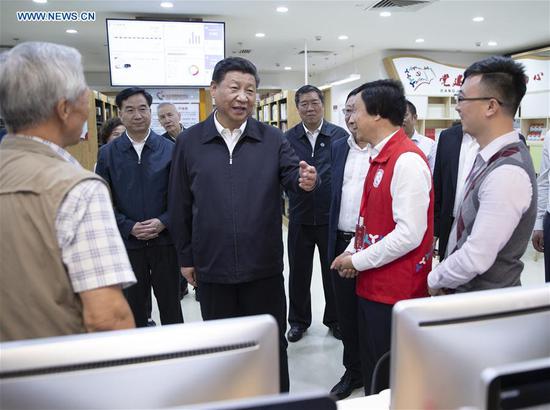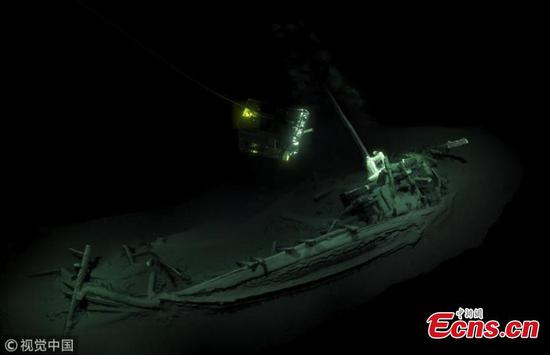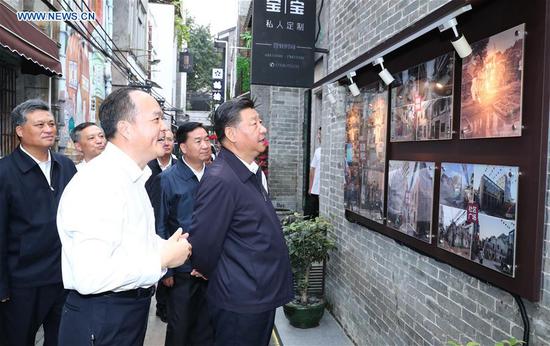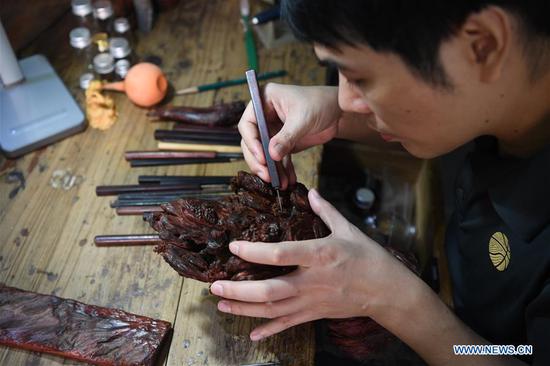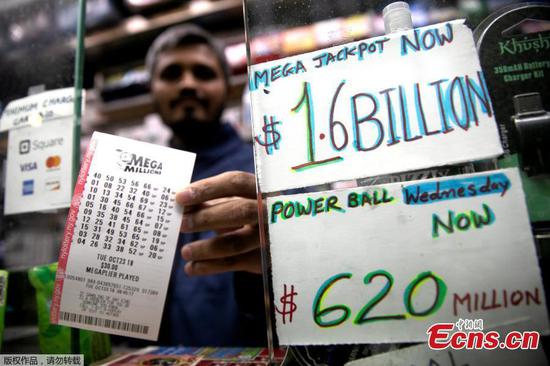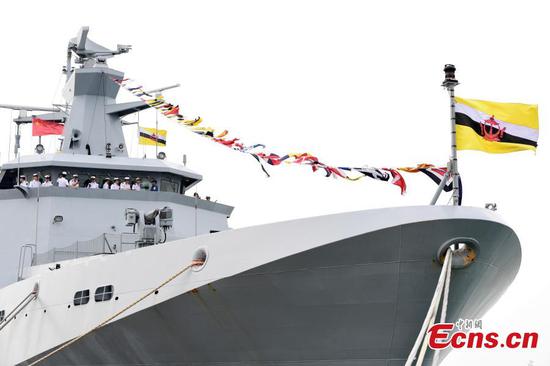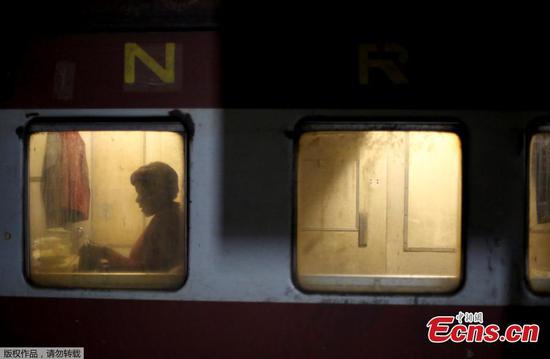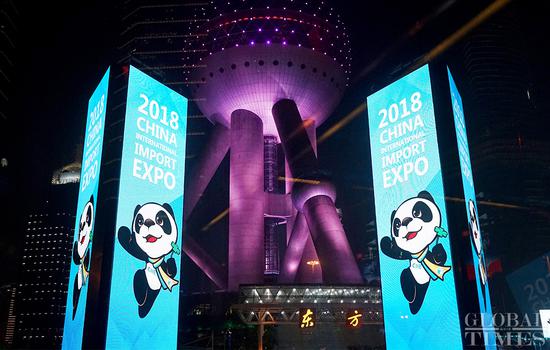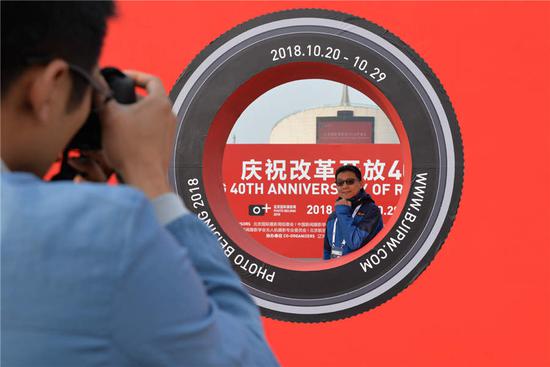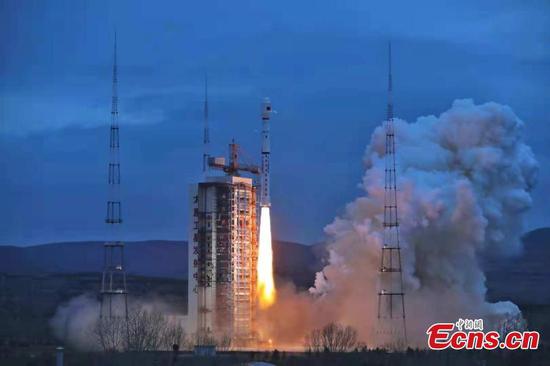
Fruitful experiments
Tiangong II orbits the Earth once every 90 minutes, CMSEO said. The space lab, whose name translates as "Heavenly Palace", houses the world's first and most accurate timepiece, the Cold Atomic Clock in Space.
The clock uses atomic physics, lasers and the microgravity in space to keep time. It will take 300 billion years before it loses a single second, according to CAS.
Such ultraprecise timepieces are generally used for calibrating extremely sensitive electronics, such as global positioning systems, or conducting experiments in physics that depend on extreme accuracy.
The clock is just one of many items of advanced scientific equipment launched with Tiangong II. Another notable item is the academy's botanic growth chamber that allowed the astronauts to grow rice and plants to maturity in space for the first time.
Zheng Huiqiong, a researcher from the academy's Institute of Plant Physiology and Ecology, said, "Growing plants is a crucial capability for building a sustainable ecosystem to support humanity's long-term residence in space."
China has conducted similar experiments in the past but could only grow plants to an early stage due to limited space and technical difficulties. However, thanks to a newly developed incubator box, thale cress and rice can now be grown to their full potential, Zheng said.
Tiangong II is also equipped with POLAR, a gamma ray burst detector developed by an international collaboration including Chinese, Swiss and Polish scientific institutes. It is the world's first detector dedicated to measuring the polarizing effect of these bursts, which are flashes of gamma rays associated with extremely energetic explosions observed in distant galaxies. Bursts can last from 10 milliseconds to several hours.
Lyu Congmin, deputy chief engineer of the space application system for China's manned space program, said POLAR has successfully detected 55 gamma ray bursts.
Tiangong II has also contributed to the field of quantum communications, taken to new heights when the country launched Micius, the world's first quantum communications satellite, in August 2016.
Quantum information science is an emerging field that uses the strange properties of quantum mechanics to create new applications, such as ultrafast quantum supercomputers or hack-proof quantum communications.
Lyu said Tiangong II has conducted experiments on quantum key distribution-the exchange of cryptographic keys between two parties-by sending "entangled photos" (particles of light), from space to Earth. A cryptographic key is a string of bits used by a cryptographic algorithm to transform plain text into cipher text or vice versa.
This type of communication is inherently secure, because any attempt to eavesdrop will affect the entanglement and immediately be detected, Lyu said. Such technology will have widespread applications in fields where security is paramount, such as government, defense and finance.
Tiangong II's quantum experiments have consolidated China's leading global position in space quantum science and technology, Lyu said.









